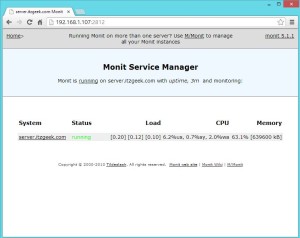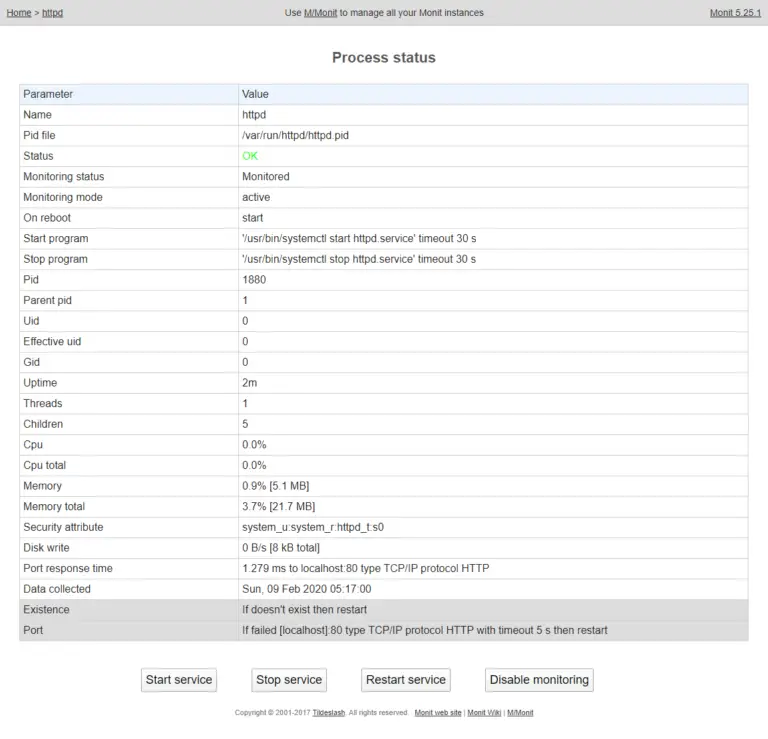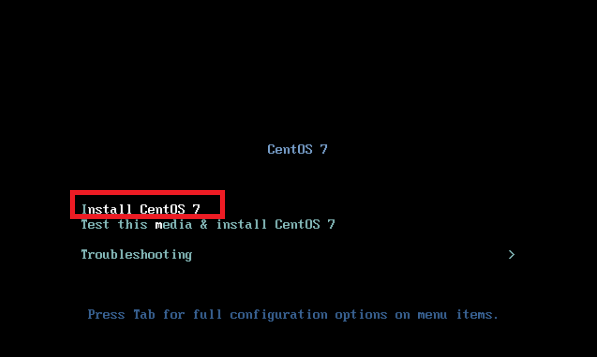

- #Install monit centos 6.3 for free#
- #Install monit centos 6.3 how to#
- #Install monit centos 6.3 install#
- #Install monit centos 6.3 password#
Un comment the following line in the same file, to include additional monitoring files from /etc/monit.d/ include /etc/monit.d/*
#Install monit centos 6.3 password#
# require user 'admin' with password 'monit' allow allow users of group 'monit' to connect (rw) allow readonly # allow users of group 'users' to connect read onlyįrom the above settings, monit will listen on 2812 admin user will able to access the web interface from any network with the password “monit”. # allow localhost to connect to the server and allow admin:monit # only accept connection from localhost allow localhost Look for httpd port 2812, modify the following entries.įROM # set httpd port 2812 and use address localhost Monit also provides a web interface to monitor and manage the configured services, by default monit listens on 2812 port but it needs to be setup. By default, Monit logs will go /var/log/messages. set mailserverĪlert templates can be found in the configuration file itself logs setting can be changed. # vi /etc/monitrcĪlert can be configured by. Monit’s configuration file is /etc/monitrc, by default, monit it set to check the services at an interval of 1 min, this setting can be altered by changing the following entry. Then restart the service and start the monit daemon. If you get any error like below, Status not available - the monit daemon is not runningĮdit /etc/monitrc and un comment the following pid entry. Start monit by using the following command.
#Install monit centos 6.3 install#
Install the Monit as the package is available on official repository. It logs to its own log file and notifies the user via customizable messages, this guide will help you to set up monit on openSUSE. It can also be used for managing and monitoring of programs, files, directories, and devices for timestamps changes, checksum changes, or size changes not limited to perform various TCP/IP network checks, protocol checks, and can utilize SSL for such checks.

The ones we've seen in the past have been:Īfter those are deleted, we recommend that you run a make ("root make").Monit is an open source process tool for Linux operating system which helps you to monitor system process using a web browser and also when ever requires it automatically do the maintenance or repair of processes in such a way that it can be brought back online. To work around this you can simply delete their config files. Some distributions include Apache modules which are not compatible with the AMP.

Rpm -Uvh -force -noscripts?/root/svn/mercury/src/rpms//*libapreq2*-2. Rpm -Uvh -force /root/svn/mercury/src/rpms/CentOS-4.2/mod_perl2/mod_perl-2.0. You may see some errors during this step, and you can ignore them.Ħ) Run the upgrade_postres script (/root/svn/mercury/src/upgrade_postgres) Tar -zxvf /root/AMP-5.2. -C /rootĥ) Run the amp_install script (/root/svn/mercury/install/amp-install). Using nano or another text editor, open /etc/selinux/config and set

Ģ) Use xargs to pipe that list to up2dateĬat /var/airwave/custom/ | xargs -i up2date To verify your OS version, you can do:ġ) Copy the list of rpms (from a clean install of AMP 5.2 on Cent4) to the AMP being installed (eg. AMP versions after the initial 6.3 release are bundled with CentOS 5 or 5.2. If you'd like to run RHEL 5.3, please see the following article:ĪMP versions prior to 6.3 are bundled with CentOS 4 or 4.3. ĪMP versions prior to 6.3 do not work on RHEL 5.3
#Install monit centos 6.3 for free#
The customer is responsible for purchasing a copy of Red Hat Enterprise Linux or downloading CentOS for free from.
#Install monit centos 6.3 how to#
This document describes how to install the AirWave Management Platform on Red Hat Enterprise Linux 4 and 5, and also applies to installing AMP on a standalone version of CentOS 4 or 5. The normal AMP installation includes the CentOS 5 Operating System.


 0 kommentar(er)
0 kommentar(er)
